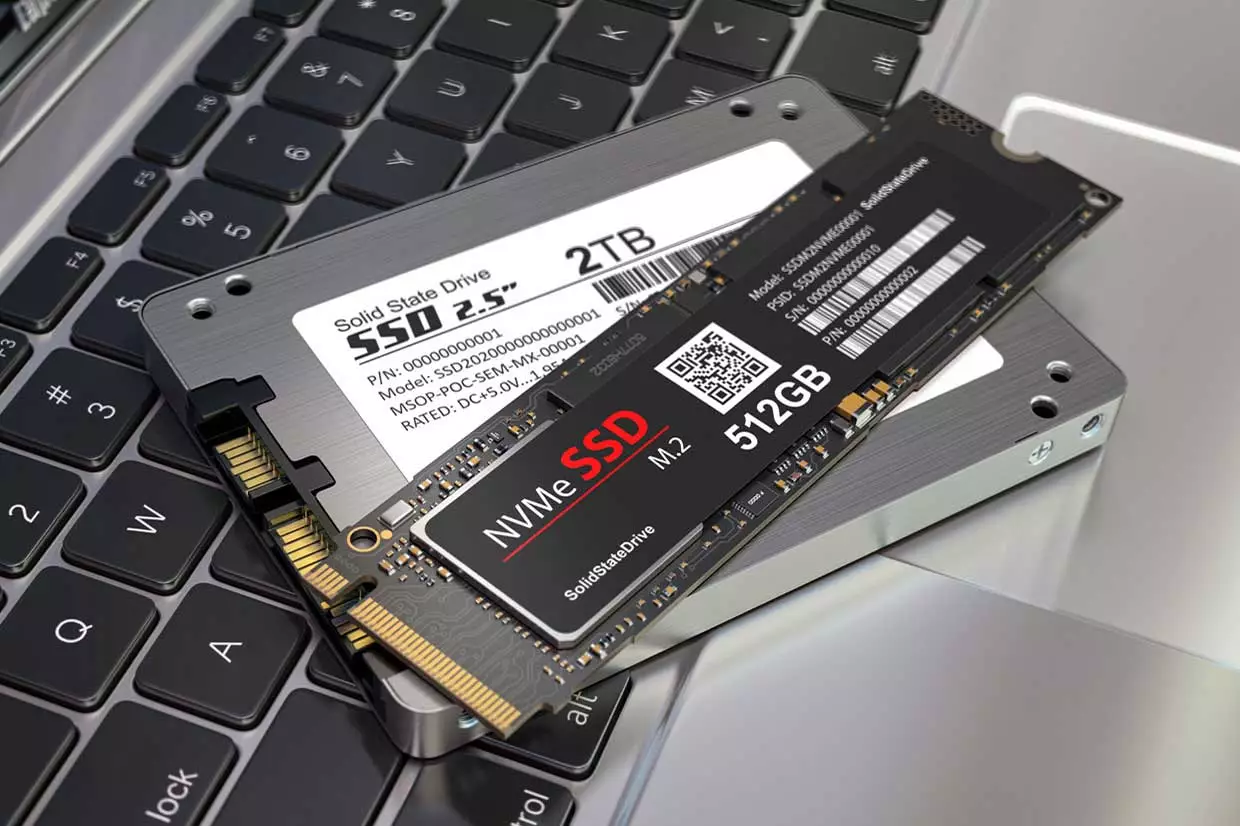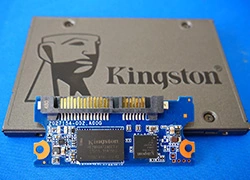Why do SSDs fail?
SSDs, or solid state drives, are generally more reliable than traditional hard drives due to the absence of moving, mechanical and magnetic parts.
However, as it is an electronic device, the SSD can stop working for several reasons:
- NAND Flash memory wear: Each cell of SSD NAND flash memory has a limited number of times it can be programmed and erased. This process causes wear on the insulating materials used to store the data. Over time, this degradation leads to the loss of data retention capacity.
- Controller faults: The controller is responsible for managing read and write operations on the SSD. If the controller fails, it can cause data access problems or even render the SSD unusable.
- Temperature Effects: High temperatures can affect the lifespan of an SSD. Overheating can cause damage to internal components and decrease device stability.
- Power failures: Sudden power outages or power surges can corrupt data on the SSD, corrupt SSD firmware, or damage internal components.
- Firmware or software errors: Bugs in the firmware or software associated with the SSD can cause it to malfunction or fail.
- Physical damage: Physical impacts, drops, or exposure to harsh environmental elements can damage an SSD, resulting in failure.
Manufacturers implement wear management algorithms and wear leveling techniques that distribute write and read operations more evenly among all memory cells. This helps extend the overall lifespan of NAND flash memory.
Although SSDs are generally more reliable than hard drives mechanics, it is important to make regular data backups to reduce the risk of data loss in the event of a device failure.
And remember, if you want to recover data from a failed SSD:
Do not format the SSD!
The chances of data recovery increase greatly.







